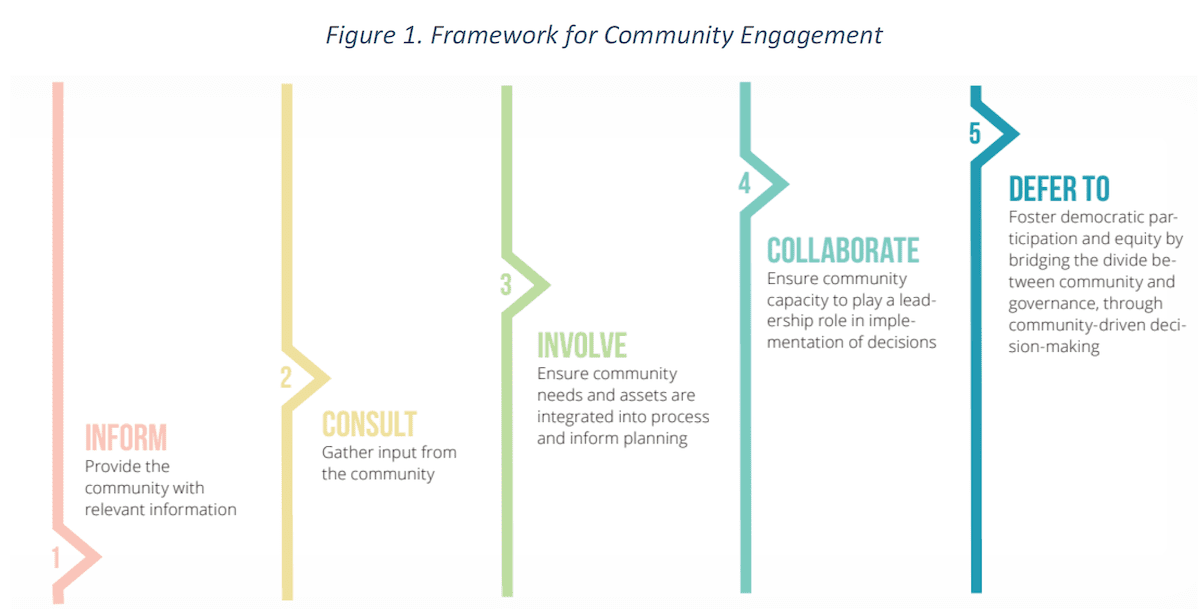Our GridFWD Seattle event in April of this year included many topics, foremost among them was diversity, equity and inclusion (DEI) in the energy and utility industries. Our friends at the Cadeo Group attended several DEI-focused sessions and have prepared a 2-part blog post series on what they experienced at those sessions, in interviews with key practitioners, and on our own experiences leading equity-focused research, planning, and evaluation. The series explores key elements for achieving equity in energy programs, and highlights two strategies for achieving equitable outcomes:
- Part 1 – Better Tools to Make Data-Driven Decisions
- Part 2 – Community Engagement – Early Partnering with Community-based Organizations
An overview of Part 1 on better decision-making tools
According to the first blog in the series, “data-driven solutions for addressing equity are proliferating in the energy industry. These tools are important complements to other strategies, like engaging communities and embedding equity requirements in policy. Utilities also use broader, more inclusive definitions of DEI to identify priority customers—specifically including factors beyond traditional income eligibility.”
The authors review several important examples they learned at GridFWD Seattle and elsewhere:
- Esri’s GIS capabilities, which use underlying geospatial and customer attribute data to perform social equity analysis.
- Los Angeles Department of Water and Power presented the Los Angeles 100% Renewable Energy Study (LA100) and the associated geospatial tools.
- A locational planning tool Cadeo developed for Portland General Electric to support its distribution system planning process.
- DTE Energy’s geographic analysis that identified and characterized income-qualified customers and historic participation trends.
Read Cadeo’s blog post “Achieving Equity in Energy Programs: Better Tools and Community Engagement (Part 1)“.




